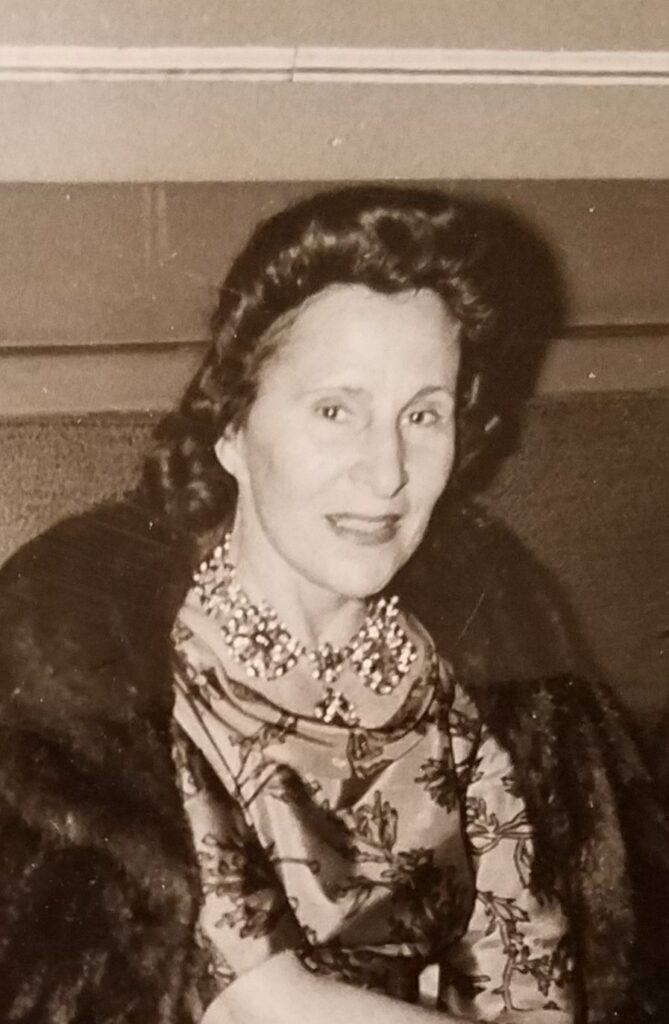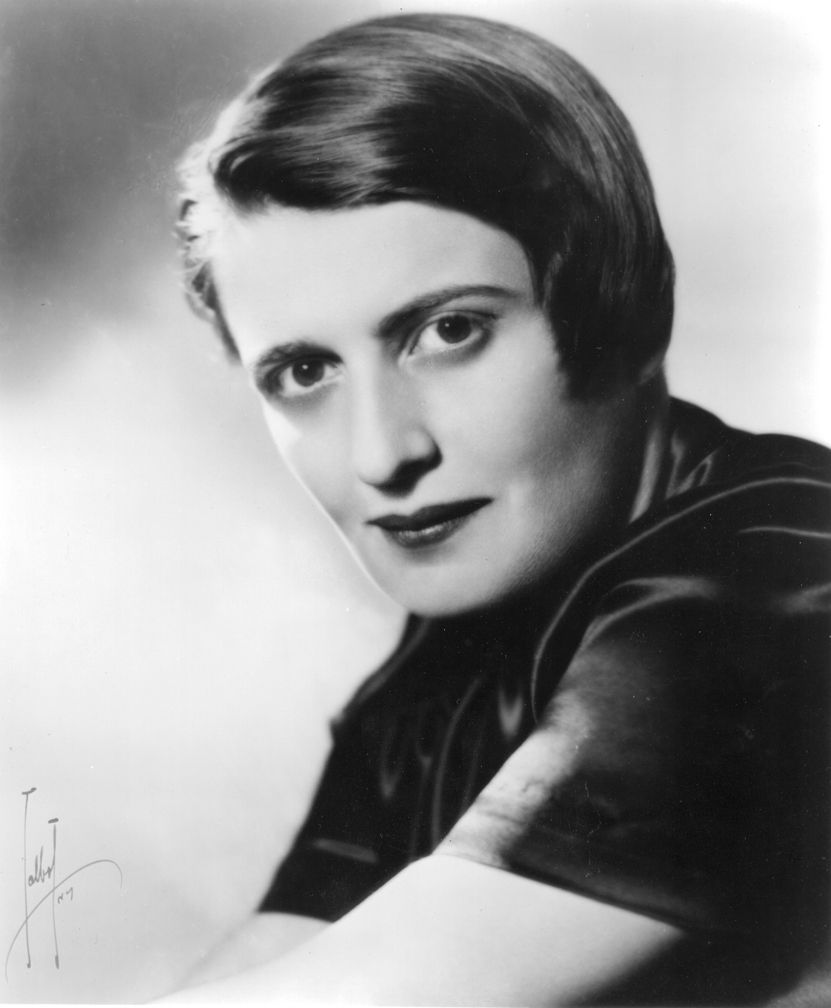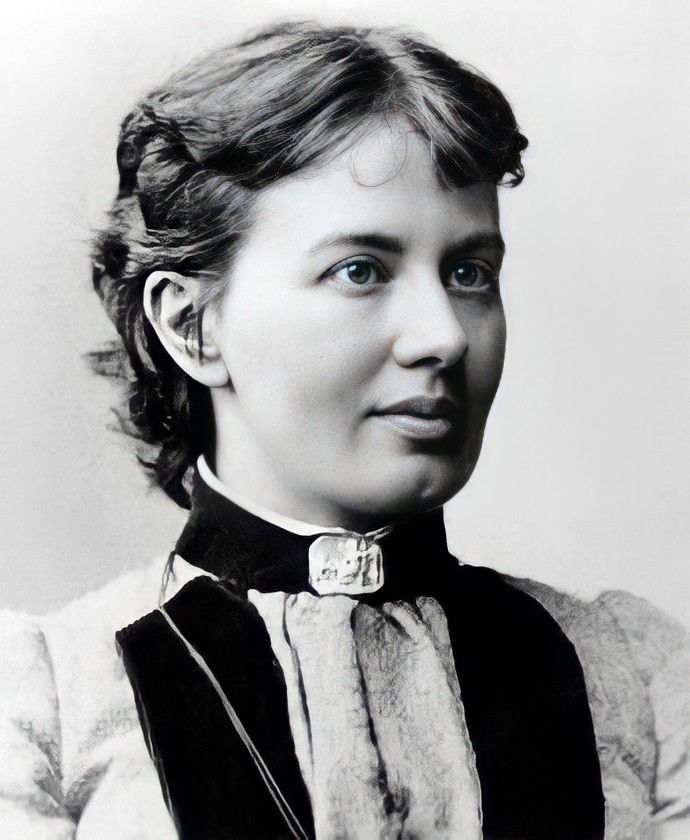The Russian Empire had a lot of outstanding personalities and talented people but usually people can’t predict how and where they will become famous. The protagonists of this article couldn’t even assume that their path in life wasn’t going to be in the Russian Empire but somewhere else.
Does it sound interesting? Then let’s start!
Gala Dali (Elena Diakonova)

Source: Wikipedia
A girl named Elena was born in 1894 in Kazan in the Russian Empire in a highly educated family. Her parents gave Elena a second name which they used at home – Galina. Years later his second name became her pseudonym, Gala. The family also wanted to provide her with a good education and that is why they moved to Moscow where Gala went to a gymnasium where she learned foreign languages, particularly French and Spanish. In 1912, at the age of 18, she was sent to Switzerland to recover from tuberculosis. There she met young Paul Éluard, a French poet. They liked each other and Paul Éluard was fascinated by Gala, and her knowledge of literature and art. They got married in 1917 and had a child a year later. But their family life was difficult. Gala began a new relationship with the German artist Max Ernst and then Gala, Paul Éluard, and Max Ernst lived in a love triangle. The situation changed dramatically in 1929 when Gala got acquainted with a young Spanish artist Salvador Dali. It was more than just passion and more than just love.
In 1934, Salvador Dali and Gala got married. She became his inspiration and model for all his paintings (Dali painted just two women: his sister and Gala). Gala understood the talent of Salvador Dali, so she ruled his business and marketing and helped him to turn into a worldwide star. She died in 1982 at the age of 87.
Ayn Rand (Alisa Rosenbaum)

Source: Wikipedia
Ayn Rand is well-known as an American writer and philosopher, but did you know that she was born in 1905 in Saint Petersburg? Her roots can be found in the heart of Saint Petersburg, at Nevsky Prospect where her father owned a pharmacy that was on the first floor of their big mansion. Her mother was a dentist, so the family was rich. When the girl was born she was given the name Alisa. At the age of 4, she could already read and write, and in her early childhood, she began to write her first stories. She went to a modern gymnasium where she met the sister of the famous Russian writer Vladimir Nabokov.
After the 1917 revolution, Bolsheviks confiscated the mansion of Alisa’s family and they moved to Crimea. In 1921 Alisa came back to Petrograd (now Saint Petersburg) where went to university to study social pedagogy. During this time, she read a lot, especially shi liked books of Friedrich Nietzsche. In 1925 she got an American visa as a student and went to Chicago. She never came back to Russia and gained American citizenship in 1931.
In the USA she had different jobs until 1932 when she sold her scenario called «Red Pawn» to Universal Studios. This made her famous. Later she published her now-famous novels «The Fountainhead» and «Atlas Shrugged» and others. Ayn Rand actively participated in social and political life. She supported Israel in Arab-Israel War in 1973, she was against Vietnam War, she supported abortion, and was against conscription. She died in 1982 in New York.
Sofya Kovalevskaya

Source: Wikipedia
The first female professor of mathematics, a corresponding member of the Russian Academy of Science was born in Moscow in 1850. Due to her father’s job, Sofya’s family lived in different cities, and only in 1858 they finally settled at their house in Polbino in the Pskov region. As a child, Sofya was very shy and didn’t like to be around her parent’s friends or other children. Her parents also weren’t warm to her and Sofya got the affection from her nanny. Sofya was raised by an English governess who gave her a lot of knowledge. The first man who told little Sofya about mathematics was her uncle. At the age of 15, she started her math lessons. Later she moved to Saint Petersburg where she learned calculus.
According to the rules of the Russian Empire, Sofya couldn’t study at university. The only way she had was to go to Europe and study there, but she needed official permission from a male guardian, i.e. her father who didn’t want her to study. To get the permission, Sofya had a fictitious marriage with Vladimir Kovalevsky who fell in love with her years later. In 1868, Sofya began her studies at Heidelberg University in the class of Leo Königsberger, and she also took individual classes with Karl Weierstrass. Both professors were impressed by her intelligence. In 1874 she presented three papers — on partial differential equations, the dynamics of Saturn’s rings, and elliptic integrals — to the University of Göttingen as her doctoral dissertation. With the support of Weierstrass, she earned her doctorate in mathematics at the University of Göttingen. At this time Sofya and her fake husband decided to live together as a real family, and in 1878 they had a daughter. But their happiness didn’t last long because of the suicide of the husband in 1883. Thanks to the help of Karl Weierstrass in 1884, Sofya Kovalevskaya was appointed to a five-year position as an assistant professor at Stockholm University. In 1889, Kovalevskaya was hired as an Ordinary Professor (full professor) at Stockholm University, and became the first woman in Europe to hold such a position. Sofya Kovalevskaya died of epidemic influenza complicated by pneumonia in 1891 at the age of forty-one, after returning from a vacation.
Surprisingly, biographies of these extraordinary women aren’t as well-known in Russia as they are abroad. Each of these ladies had an interesting and adventurous life. What story of these do you like the most and why? Please share your opinion in the comments!
